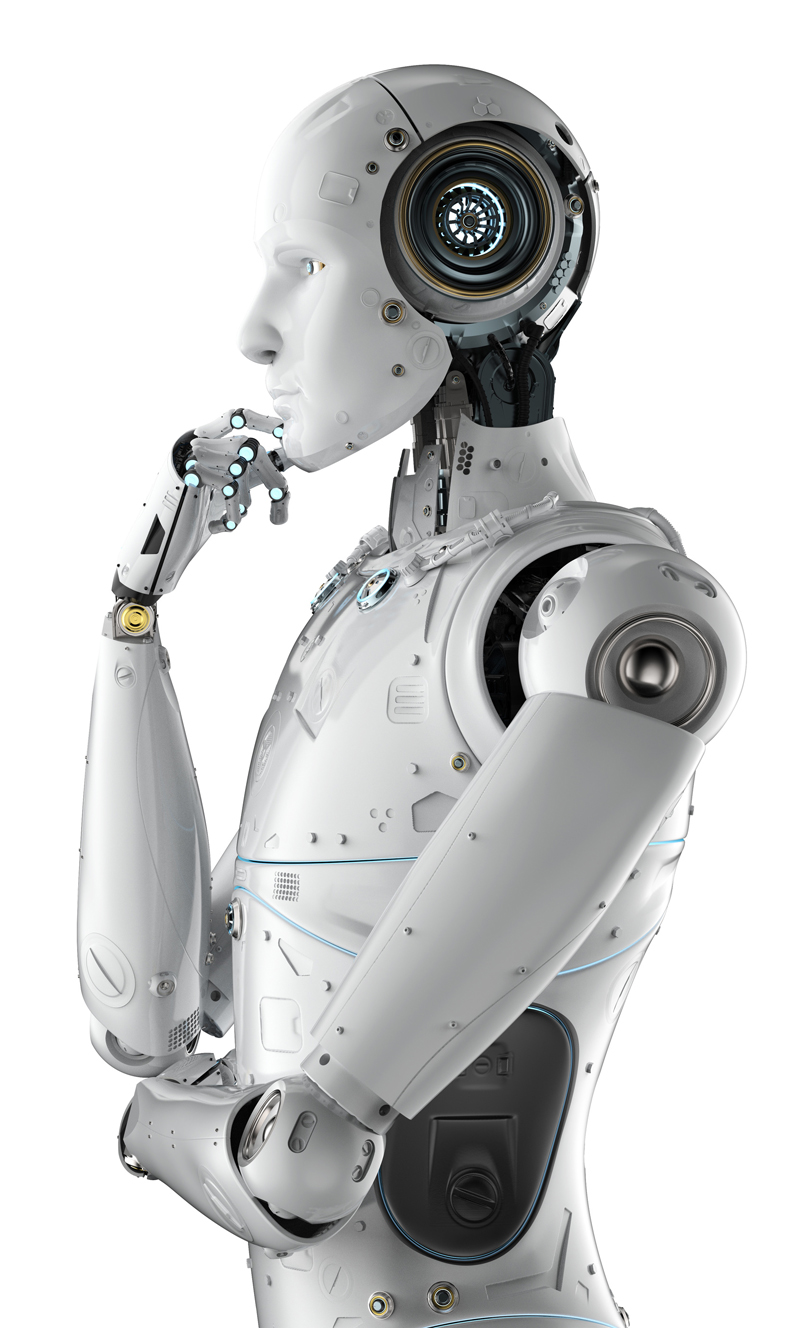AI
For an artificial intelligence (AI) system, with the methods of machine learning (ML):
- supervised learning
- reinforcement learning





For an artificial intelligence (AI) system, with the methods of machine learning (ML):

Digital twins (DTs) are a universal concept in order to test and optimize the mission critical behavior and user acceptance of a new system in a cost efficient and fast way. Without implementing the new system completely and laboriously before. DTs are especially suited also for realistic training and product lifecycle management (PLM) of the twinned entity. DT cannot only administer relevant metadata of the twinned entity in a persistent way, but also simulate the most important behavioral properties of the twinned entity. The DT avatar gives the twin a perceivable and touchable quality.
Sustainable Software Engineering (SE) not only has to put the future energy consumption of a HW/SW system in the center of consideration for algorithm design. Especially for durable IT systems a make/buy decision has to be taken early in the design process, which subsystems resp. components will be engineered by the own team and which will be purchased externally. This might imply to make decisions about technic bought-in subsystems / components before they will be commercially available. It requires a systematic technology and innovation management (TIM): observing potential pending disruptive innovations, regularly checking the technologic development progress and maturity, the market availability al well as pricing, license terms, possible suppliers and supply chains for the bought-in parts. DTs for the pending subsystems /components can substitute these entities in the meantime within an ongoing system development in an effective way.
Design for resilience – a definitive topic especially in these days. Possible disturbances of supply chains, of operating resources resp. energy supplies or a deliberate compromising of a system have to be proactively foreseen. They have to be considered and compensated by a graceful degradation of the system performance, systematic redundancies of critical components of the system as well as intermediate storage. For example, for mobile systems this may be a temporary loss of the cellular network, bluetooth, wifi, GPS or an almost depleted battery.
Communication at eye’s level is a basic principle in the design of up-to-date dialogues with the users of a system. For example, this means comprehensive prospective explanations and elucidation of relevant consequences before a decision will be effected. The classic retrospective explanation on request, why a taken decision has caused specific consequences, is not sufficient at all today.
Communication at eye’s level mandates the participation of so far passive “readers” also as active content producers in digital media. Provision of information and orientation for “readers” is not sufficient for publishers of contemporary media today.